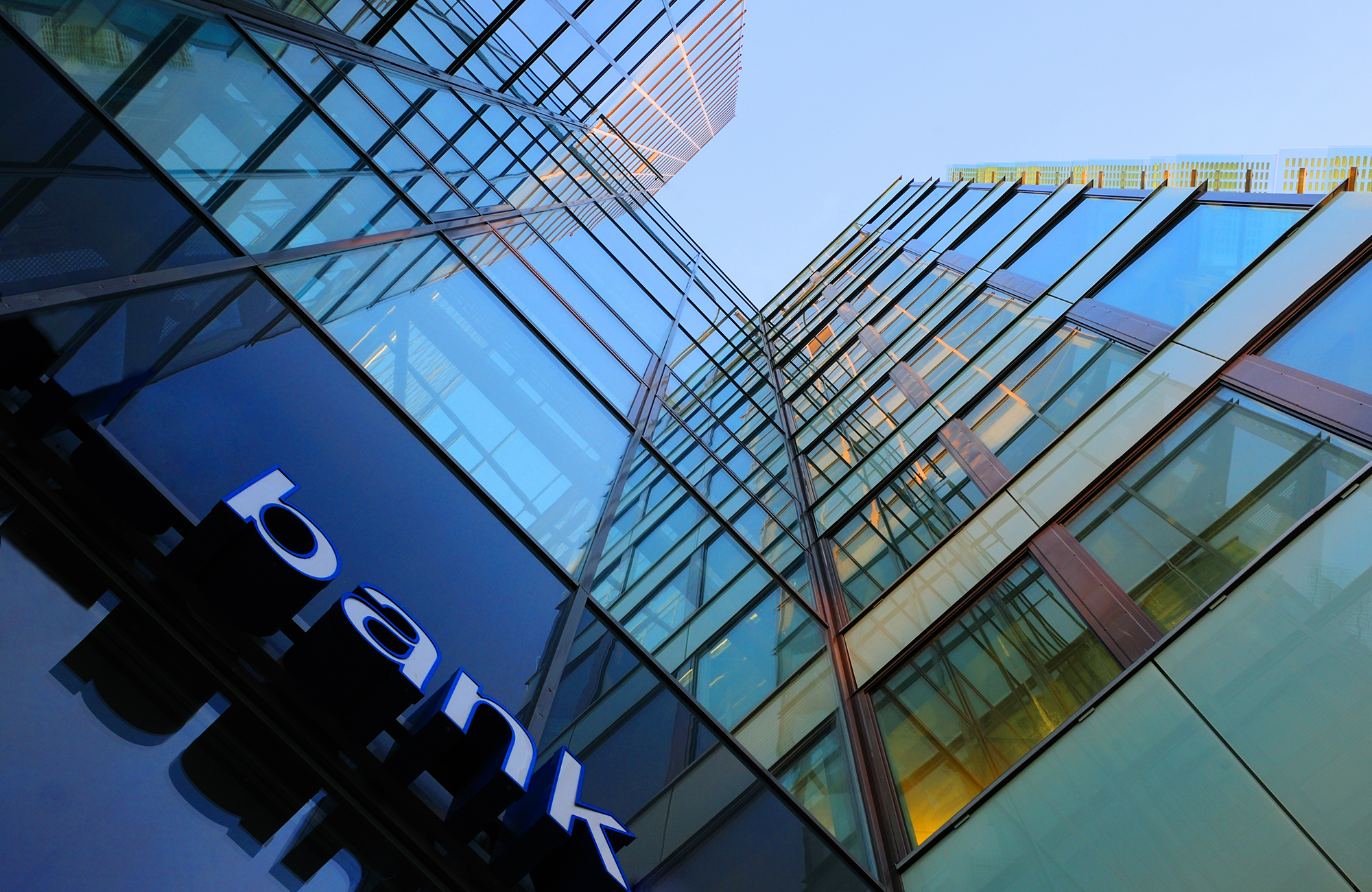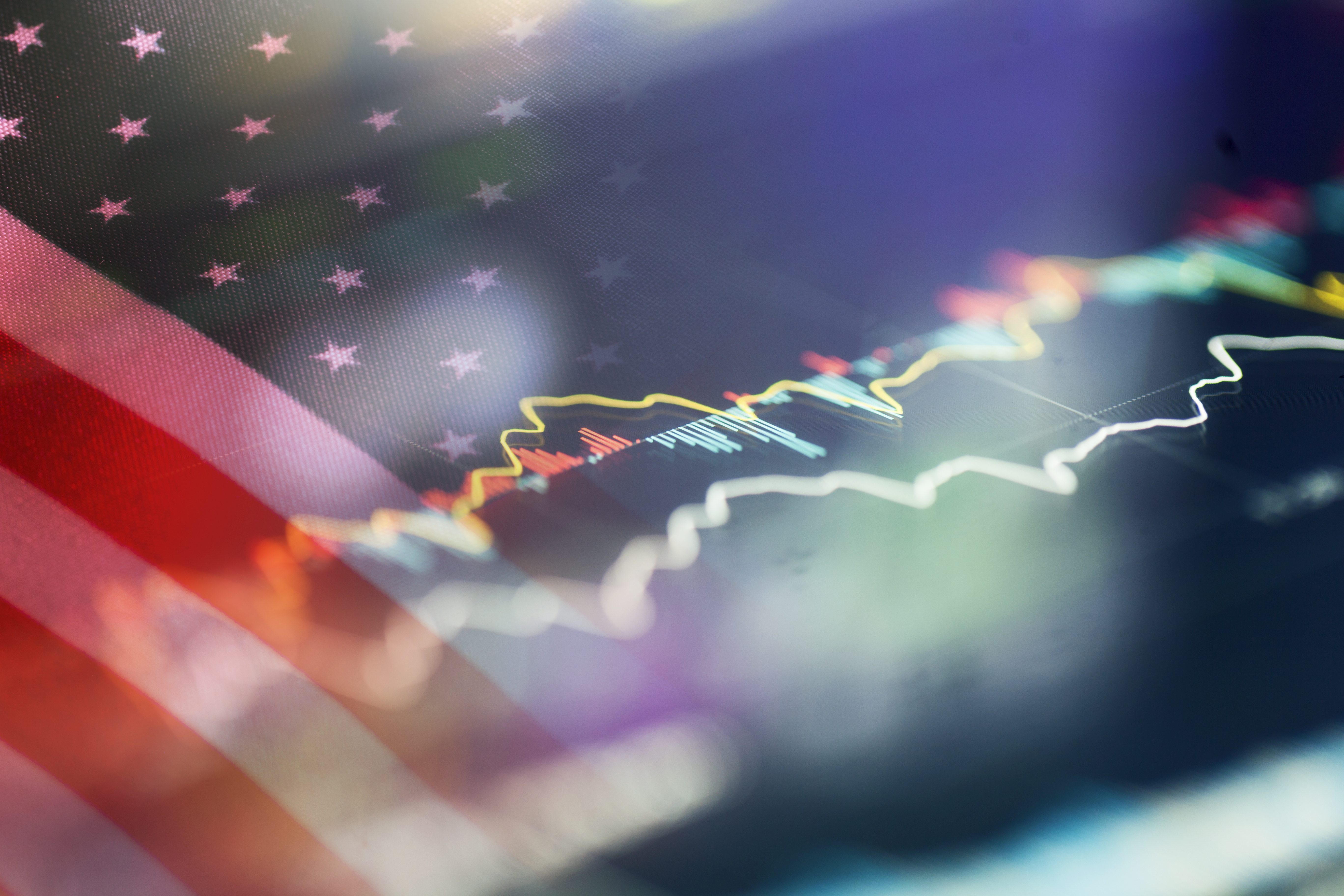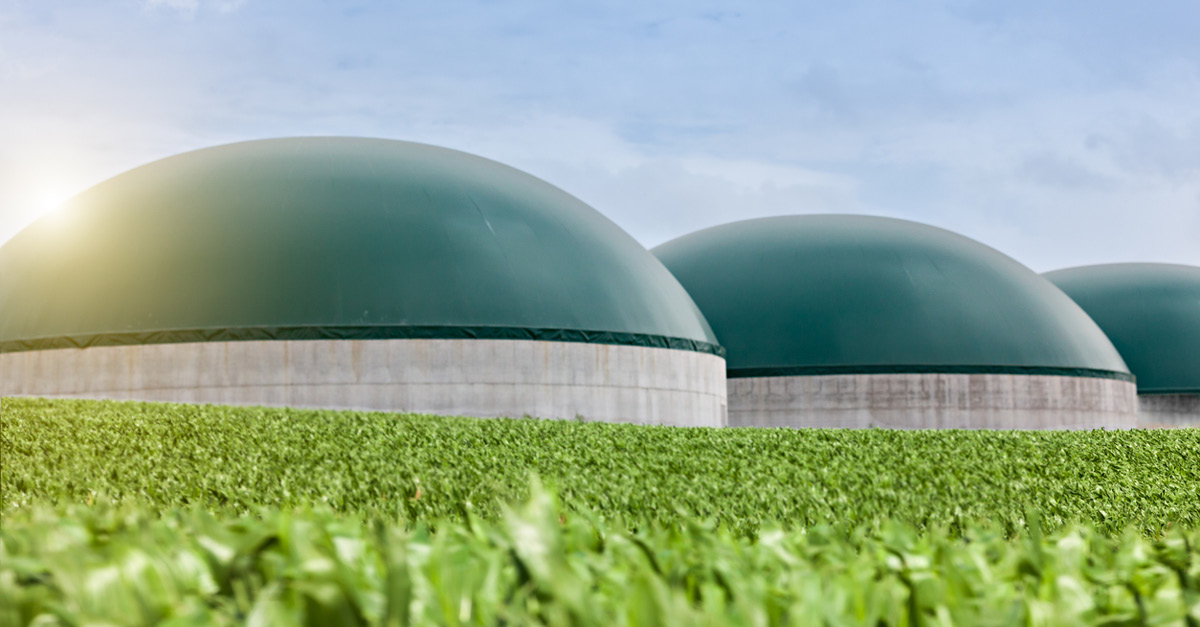Low interest rates and the changing economic landscape

2021 has been a story of how quickly the economic landscape can change.
As recently as March, many investors were seriously contemplating the dangers of higher inflation as central banks were keeping rates near zero in the major developed economies, and governments globally were going further into debt to keep economies ticking along in uncertain times. With excess money sloshing around, breakeven inflation - a measure of market expectations for future inflation - was at the highest level since before the global financial crisis. The cost of raw materials, from lumber to corn to iron ore, had doubled in a matter of months. And in February, the Australian government bond curve suddenly steepened to levels not seen since 1992, with yields on ten-year bonds much higher than three-year bonds.
Interestingly, this inflationary view was at odds with the message from central bankers. US Federal Reserve Chair Jerome Powell was insisting that inflation was a transitory symptom of supply-side shocks. This message was echoed by the Reserve Bank of Australia (RBA), with Governor Lowe signalling that interest rates would be on hold until 2024, and that wage growth and core inflation were still nowhere to be seen. Nevertheless, the overall picture was one of a global economy waking up after COVID-induced hibernation.
Fast forward to today, and many of these indicators have reversed sharply. The movement in the bond yield curve is particularly important, because if history is any guide, it tells us about the likely direction of economic growth in the future. The yield curve tends to be flat or downward-sloping just before a recession, and steep or upward-sloping during the rebound immediately after a recession.
The steep yield curve evident in March has now largely evaporated, with global ten-year bond yields steadily falling since June. This suggests many investors were positioned for further steepening, and have been rushing to exit that trade. It also reflects growing concerns about the highly contagious COVID-19 Delta variant, and an acceptance that central bankers may have been right about recent inflation pressure being transitory.
A flattening yield curve suggests that the recovery may not be as strong as previously thought, and that interest rates at the top of the next cycle will likely peak at a relatively low level by historical standards. This is good news for mortgage holders, but not so great news for retirees and those who are yet to buy property, since asset prices are likely to be supported by lower rates.
In Australia, the lockdown in NSW makes any thought of interest rate increases out of the question in the foreseeable future. It is even possible that the RBA might need to slow down its tapering of bond purchases. Even if NSW can achieve zero community transmission - something that looks almost impossible - the future remains uncertain.
If we take an optimistic scenario in which 80 percent of Australians are vaccinated, what happens once we reopen our borders and learn to live with COVID? Even for those who are vaccinated, can you really imagine a future in which office workers are not required to self-isolate when the person sitting near them tests positive? That fact alone will continue to be disruptive, and many CBD businesses dependent on office workers - from cafes to dry cleaners – may find it hard to achieve pre-COVID levels of revenue.
So what does this mean for interest rates and the economy? While this might sound gloomy, the likely result is prolonged fiscal and monetary stimulus to keep struggling businesses and individuals afloat. Parts of the economy will remain besieged, while other sectors are likely to experience a boom of sorts as interest rates remain low and high vaccination rates bring lockdowns to an end. Some households will still be grappling with unemployment, while others may be better off than ever amidst a boom in stocks and house prices.
Against this backdrop, the RBA will need to delicately balance its monetary policy objectives to ensure that the rising economic tide really does lift all boats.
Meet the author
Related articles

Economic Update June 2025

IFM’s Australian operation secures Family Inclusive Workplace certification






